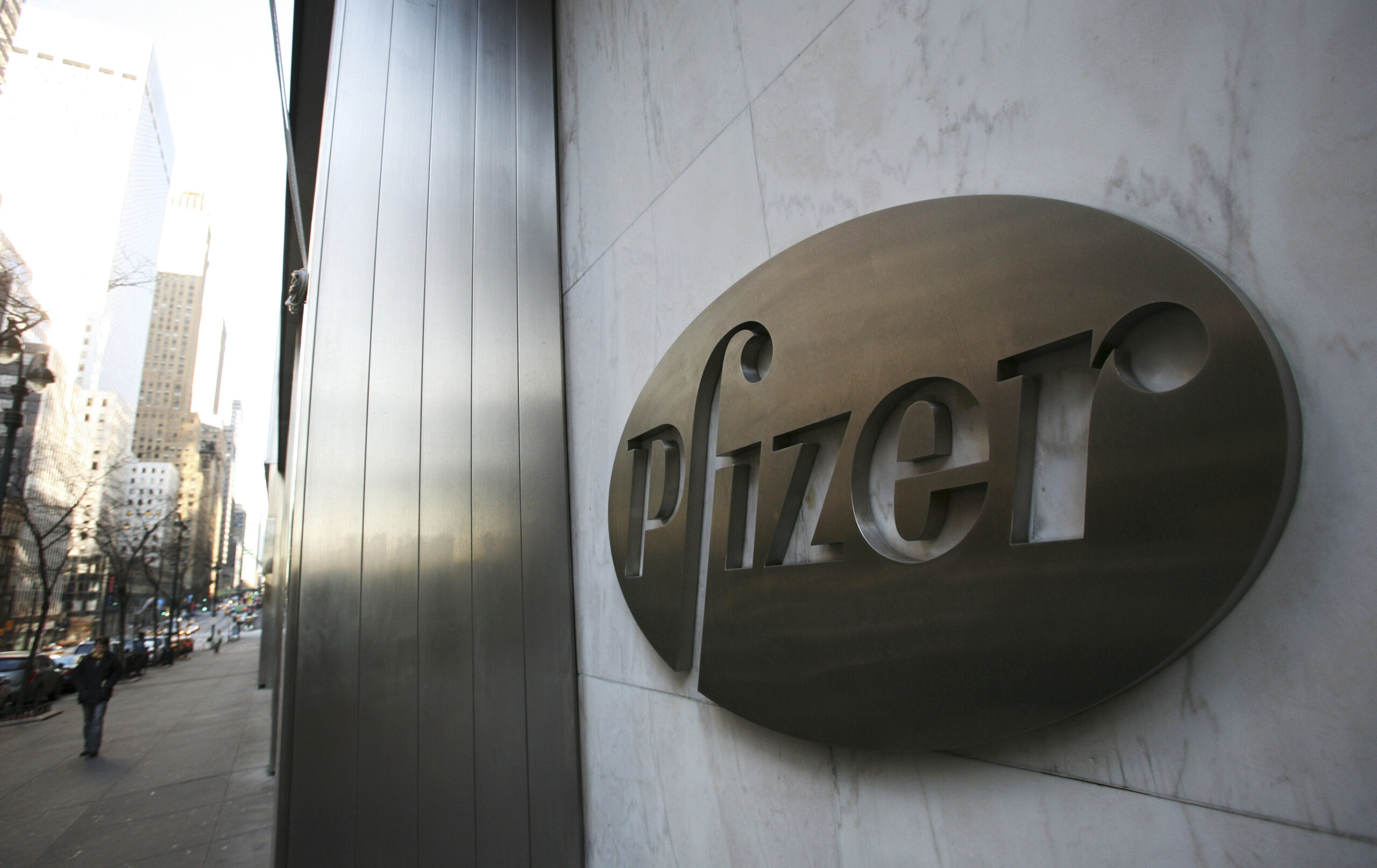There is widespread agreement that domestic extremism poses a grave threat. But the Biden administration’s response has some observers wondering if the president’s team is recycling past mistakes or failing to grasp the scope of the challenge.
As President Biden begins his second year in office, his administration continues to roll out efforts aimed at the threat of violent domestic terrorism. It has identified violent white supremacy and extremist militias as the greatest current threats.
Its arsenal includes a program at the Department of Homeland Security called the Center for Prevention Programs and Partnerships (CP3).
Billed as an entirely new approach to prevention, top officials say it puts local communities at the center in the fight against the spread of ideologies that inspire targeted violence and terrorism. But some outside observers worry that it closely resembles earlier problematic anti-terrorism efforts at DHS, and that it falls short of meeting a post-Jan. 6 reality in the U.S.
The flawed history of violence prevention programs
DHS officials have been careful to draw lines distinguishing CP3 from earlier programs that took aim at the spread of violent domestic extremism.
Under the Obama administration, there was the Countering Violent Extremism, or CVE, program. At the time, national security officials were particularly concerned about the threat of homegrown terrorists joining Islamist groups such as ISIS and carrying out attacks on U.S. soil.
But controversy soon followed, as civil rights advocates criticized CVE for unleashing unwarranted surveillance and religious profiling of Muslim-Americans.
On the campaign trail, Biden referred to it as the Targeted Violence and Terrorism Prevention program (TVTP), its Trump-era name, and promised Arab-American voters that he would end it.
“I am very cognizant of the trust deficit that really impaired the effort in the 2014 to 2016 time period in terms of the Countering Violent Extremism effort,” said Homeland Security Secretary Alejandro Mayorkas, “And that is precisely why we created CP3.”
Mayorkas calls CP3 a “sea change” in how DHS approaches the threat of extremist violence. He and other top DHS officials say that protection of civil rights and civil liberties are top of mind as they shift toward community-based models of prevention, and that the emphasis will be on identifying behavioral signs that someone may be on a path toward violence.
Working through regional coordination centers, CP3 will share intelligence, training and resources with partner organizations such as faith groups, youth programs, schools and local police departments.
“The reality is that it is the family member, the friend, the school teacher, the neighbor, the clergy leader, who can see someone descending into a realm of antisocial behavior and hopefully intervene to help,” said Mayorkas.
Last year, CP3 distributed $20 million to local grantees. The administration has allocated another $20 million to the program for the 2022 fiscal year, out of a total of $131 million that will go toward domestic terrorism prevention at DHS.
Urgency – and questions – around prevention
Elements of the CP3 approach were coming into focus even before Biden took office, according to Elizabeth Neumann, who helped launch TVTP in 2019 and was most recently assistant secretary for Counterterrorism and Threat Prevention under Trump. Neumann said that before she left DHS in 2020, there was concern that the number of people drawn to violent ideologies was growing.
“While we had prevented another mass attack like 9/11, we couldn’t really say that we were winning the war and we needed to look at other tools,” said Neumann, who is now chief strategy officer for Moonshot, a company that works to combat online harms. “We needed to look at how we prevent somebody from radicalizing to violence.”
Prevention has long been tricky terrain for the government.
When top DHS officials discuss their work in this area, they emphasize that their role is to prevent violent activity rather than to police beliefs or speech.
The emphasis that CP3 places on locally-driven prevention would shift the task of identifying behaviors that may be associated with radicalization to non-government partners, and would default to interventions that would not involve law enforcement, such as mental health counseling.
But some critics say that this approach fails to account for the biases and judgment that those community members may bring to the task of assessing behavior.
“If a kid named Ahmed builds a clock and brings it to school, we know what happens, right?” said Fatema Ahmad, who leads the Muslim Justice League, a non-profit group in Boston. She’s referring to a 2015 incident in Texas where school officials called police to arrest a 14-year old Muslim-American student who had brought a homemade clock, mistaking it for a bomb.
By contrast, Ahmad noted concerns that when 15-year old Ethan Crumbley reportedly displayed concerning behaviors at his high school in Oxford, Mich., administrators did not report him to law enforcement. Crumbley now faces terrorism and murder charges in connection to a shooting rampage that left four students dead.
Ahmad says at a more fundamental level DHS’s newest take on prevention ignores the conditions that have allowed violent white supremacy to become the threat that it is today.
“If we’re talking about political violence, what’s the actual political reason for that violence?” she said. “If people are genuinely concerned about the Proud Boys and other groups that are either white nationalist or white supremacists, the answer is not individualizing it. It’s not to pathologize white supremacy and try to identify the next person who’s going to join that movement. We actually need to look at it at the systemic level.”
Redefining prevention to meet today’s threat
Cynthia Miller-Idriss says she is encouraged to see top security officials using phrases such as “public health” and “whole of society” in describing CP3’s violence prevention strategy.
Miller-Idriss is professor and director of research at the Polarization and Extremism Research and Innovation Lab (PERIL) at American University. Miller, whose lab is partnering with a CP3 grantee, also credits the program for embracing a local response.
But she notes that after the attack on the Capitol, it has become clear that lies, misinformation and hate are no longer only driving individuals to commit acts of violence. Idriss-Miller says they are contributing to the corrosion of American democracy, itself.
“I am generally an optimist by nature, but I’m not optimistic that the scale of the investment that the United States has made on this problem or the way we define it has a chance at really making a difference here.”
Miller-Idriss says countries such as Germany and New Zealand have responded to similar threats with investments that dwarf what the Biden administration has directed toward the prevention of domestic terrorism. She says those approaches take a far more sweeping approach to building social cohesion, involving multiple agencies such as education and health, and in so doing they also mitigate against the threat of violence.
“The Germans call it defensive democracy – that you don’t prevent extremism by targeting only the fringe,” she said. “You have to equip everyone within the democracy with the tools to defend against it.”
Copyright 2022 NPR. To see more, visit https://www.npr.org.
9(MDAxODM0MDY4MDEyMTY4NDA3MzI3YjkzMw004))

9(MDAxODM0MDY4MDEyMTY4NDA3MzI3YjkzMw004))








